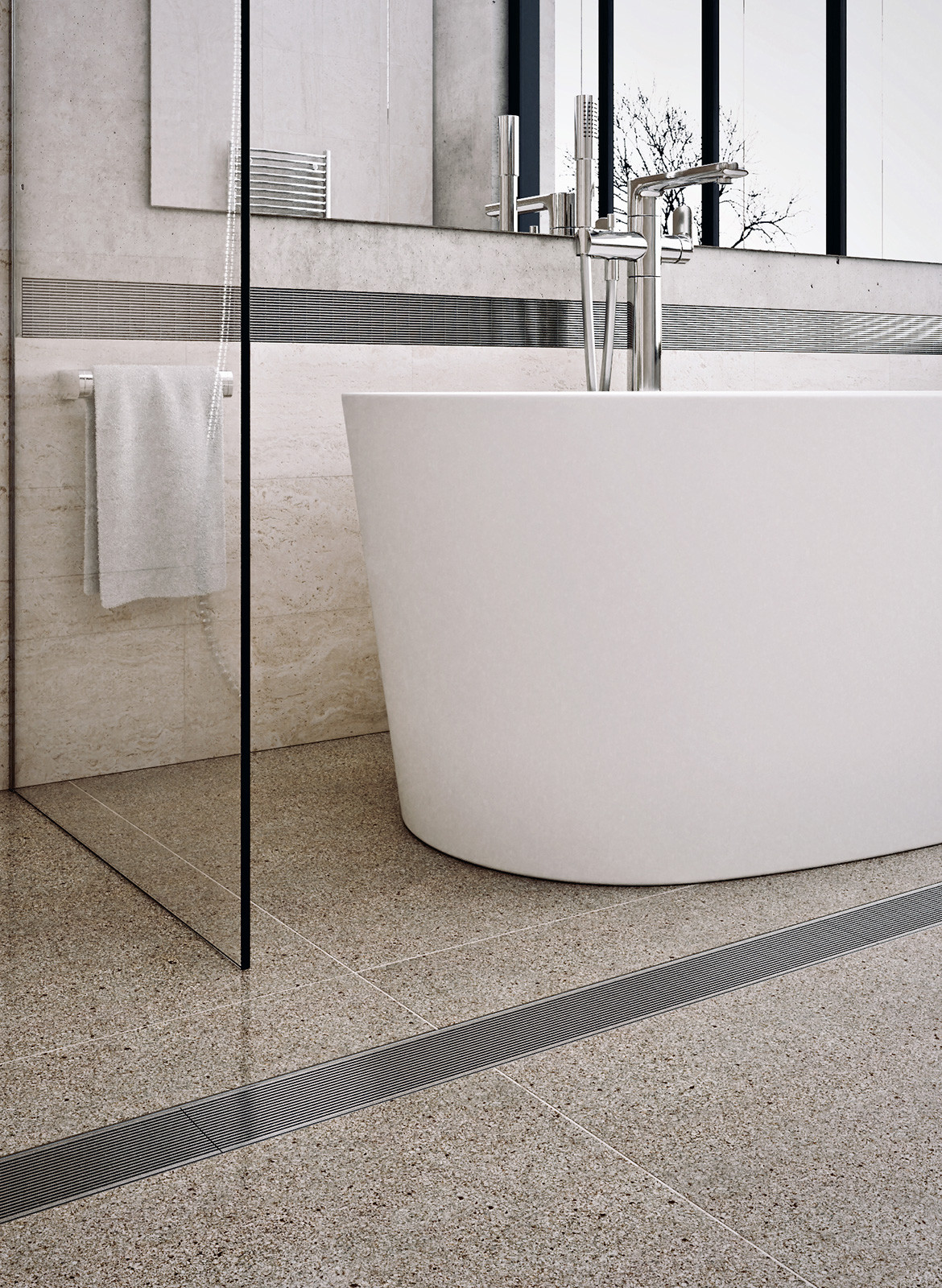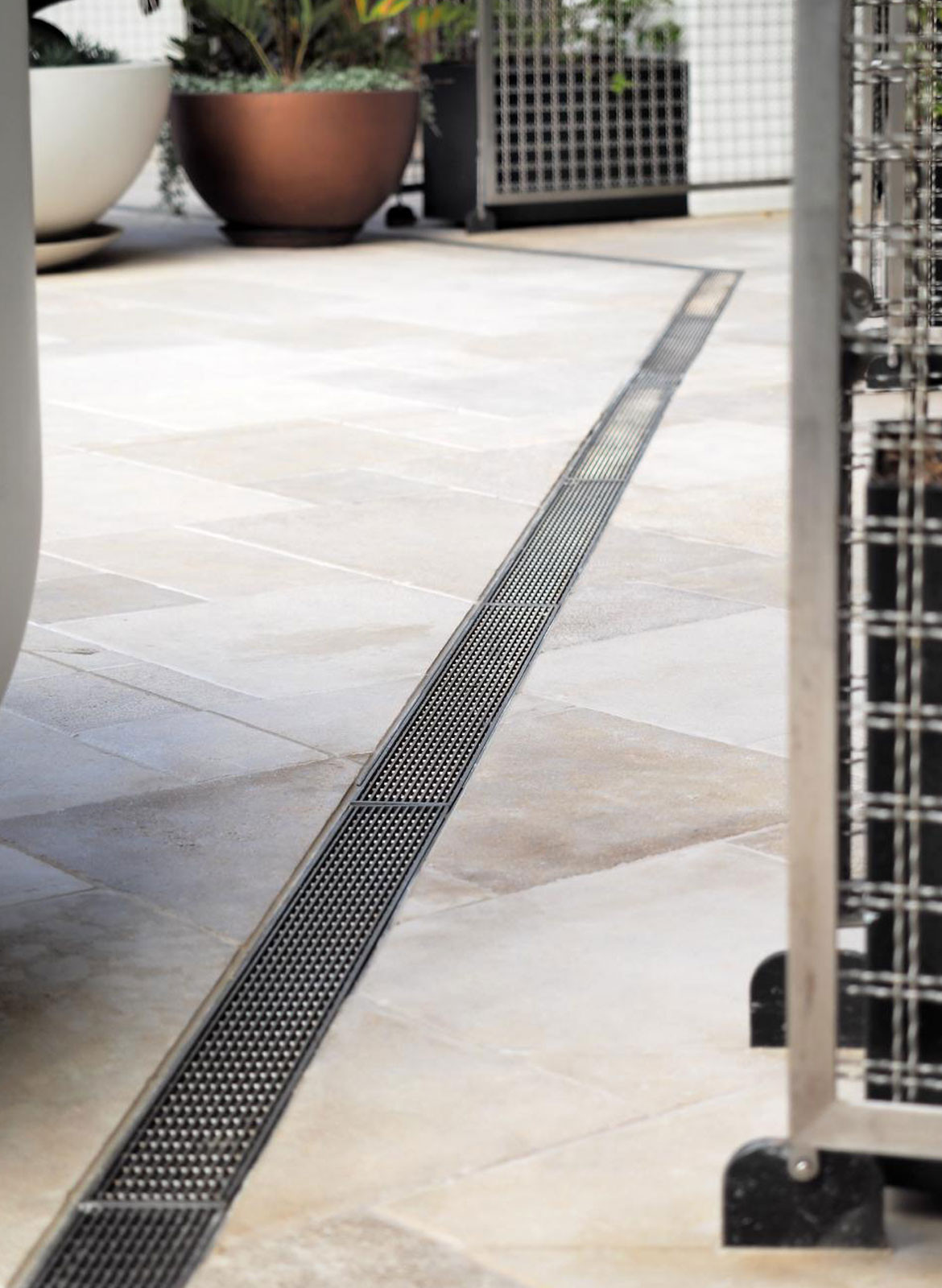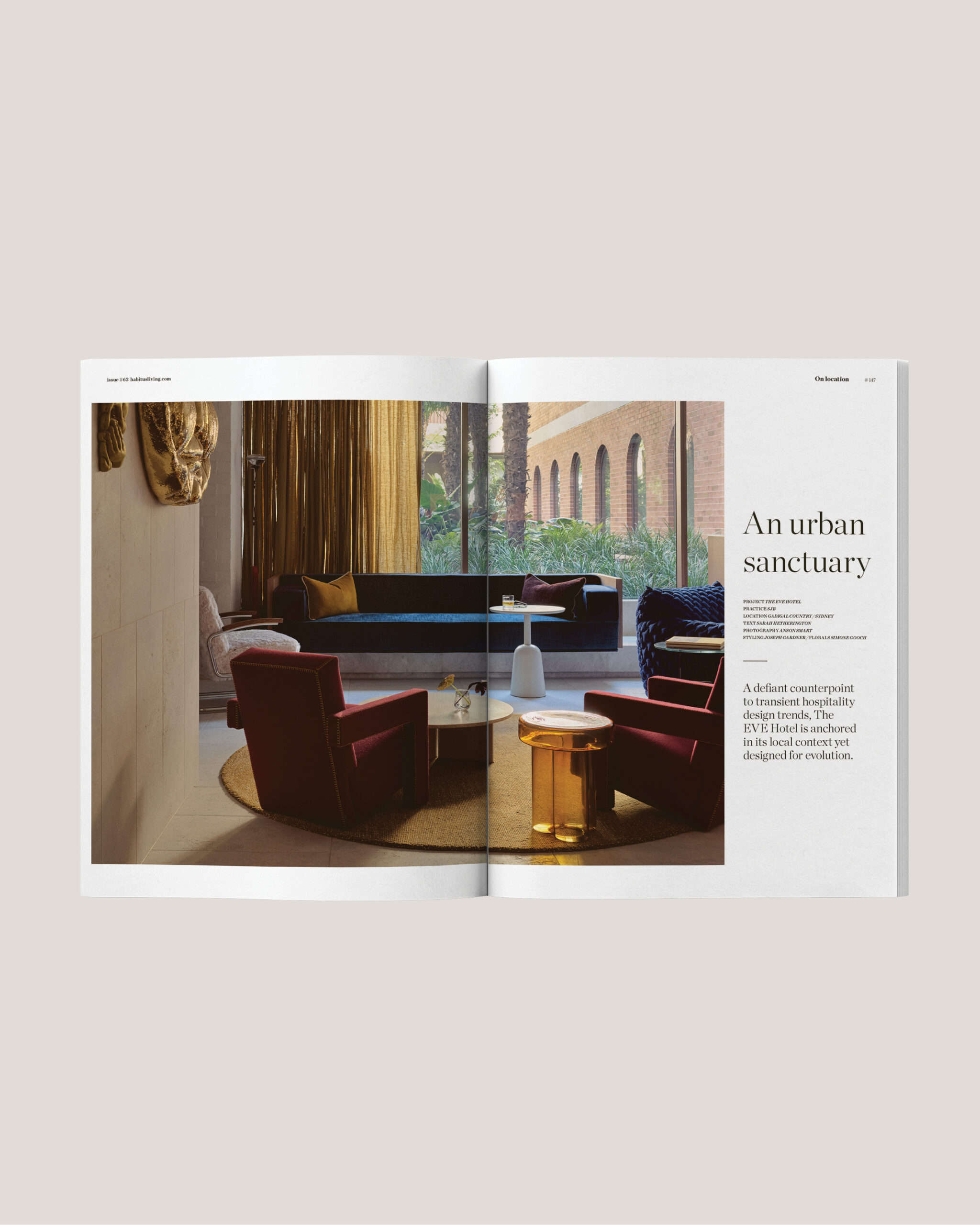One of the biggest mistakes made during the planning phase of commercial and residential construction projects is to overlook drainage requirements. Under-estimating its importance, builders and designers often leave this task until most of the construction is complete.
This is a mistake. The ramifications of drains that are non-compliant or not fit-for-purpose can be serious. Inappropriate systems have the potential to not only cause structural issues and invite problems like mould and bacterial growth, but also affect the broader environment. They can contribute to salinity, erosion, and reduced water quality; and have a negative impact on aquatic biodiversity.
The solution to these potential problems – the pathway to drainage perfection – is planning. When it comes to drainage, designers and specifiers need to choose wisely; they need to consider it during the earliest stages of planning.

Location & style
In the search for drainage perfection, location is the first consideration. Builders and designers should ensure there is enough space to accommodate all drains and that there is adequate access to the greater plumbing and drainage systems.
Importantly, the location also determines the most appropriate drain type: a traditional drain with a single, centralised drainage point or a linear drain such as those offered by specialist drainage solutions provider, Stormtech?

Linear drains are particularly suited to locations on indoor/outdoor divides. Featuring a low profile and streamlined body that allows level plane drainage beside the door frame, they also boast a contemporary, streamlined design.
On top of that, linear drains can be placed anywhere in the wet area, and only require two-way floor grading toward the channel, as opposed to the four-way grading required by traditional grates. When installing them, however, it is essential to allow for either multiple outlets or a deeper channel, depending on the situation.

Regulations
Having chosen an appropriate drainage type, the next step involves sourcing a product that is of the highest quality and meets all the relevant regulations. In Australia, these include AS 3740:2010, AS 4654.2:2012, and the Plumbing Code of Australia (PCA) 2016.
An industry leader, Stormtech is a long-time member of the Standards Australia Committee and has played an important role in the formulation of regulations concerning several plumbing products, including linear drainage. Specifiers can rest assured that all its drainage products meet all industry standards and are of the highest quality. Indeed, they are suitable for those seeking ‘drainage perfection’.
Stormtech

